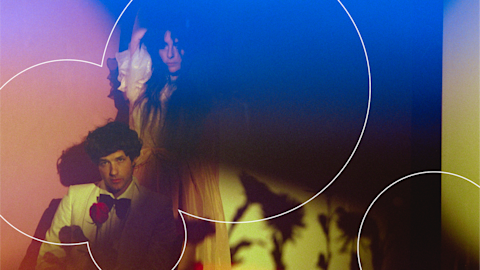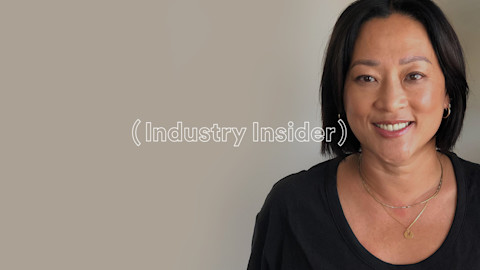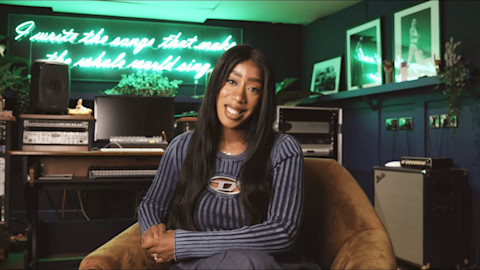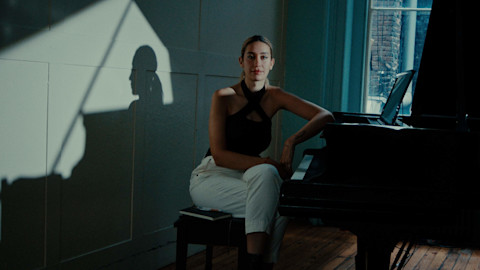Over the course of just a few days in March, the COVID-19 virus brought the global live-performance industry to a grinding halt. Concerts and festivals were canceled en masse, venues were forced to close (hopefully temporarily), and bustling live-music districts turned into ghost towns as artists and patrons alike became acquainted with self-quarantining.
Since the shutdown, tons of artists have been making the most of an extremely challenging situation by livestreaming performances straight from their homes to screens all over the world. Every day, fans are being treated to a veritable Couch by Couchwest of intimate, off-the-cuff concerts from superstar acts and underground upstarts alike, shifting to a new normal where applause is replaced by real-time comments, raised lighters have given way to a stream of flying hearts and fire emojis, and strict setlist adherence has given way to instantly honored requests and spontaneous cover versions.
But while much of the appeal of these performances lies in their DIY, plug-in-and-play immediacy, livestreams still require a certain degree of preparation to ensure you’re not treating your audience to the musical equivalent of a pocket dial. For tips on how to execute an engaging livestream, we spoke to a couple of musicians who recently hosted their own living-room hootenannies—including alt-folk artist Sarah Harmer and masked country outlaw Orville Peck (an artist frequently found on left-of-center country playlist Indigo). Plus we tapped the audio expertise of veteran indie-rock producer Larry Crane (who’s worked with Sleater-Kinney, Elliott Smith, Jenny Lewis, and—thanks to Spotify’s on-demand SoundBetter mixing service—possibly you).
Don’t: Fear technology
After being forced to scrap his March tour of the southern US, Orville Peck launched a livestream to celebrate the first anniversary of his breakthrough album, Pony, and debut his new single, the presciently bittersweet “Summertime.” True to his throwback country-crooner persona, Peck professes that he’s “not very good with technology,” but he was inspired to go the livestream route after viewing a drag show online and seeing the creative potential in the medium.
“These 20 drag queens all did this massive show separately from their living rooms, and the whole thing was hosted on Twitch,” Peck recounts. “It was just so great to see these professional performers having to utilize this DIY spirit in their homes. I really connected with that, rather than the idea of the format, which I know nothing about. I come from a world of having no resources and having to create something out of nothing, so stuff like that gets me going. Some of the coolest art is made out of desperate times and desperate measures.”
Don’t: Set up just anywhere
Given that most of these livestreamed home performances are stripped-down by necessity, the room you’re in—and the amount of natural reverb that occurs within it—effectively becomes a phantom band member. When possible, choose a location that minimizes echo.
“Try to find a space that doesn't have a lot of reflections,” Crane advises. “The worst place would be a really bright tiled bathroom, or a kitchen where there's a lot of bright surfaces like countertops and uncarpeted floors. The more clattery the room, and the more you hear your voice coming back at you or your instruments bouncing around the room, the more the microphone is going to hear that. If you're singing and playing acoustic guitar, walk around, and you’ll find a spot that feels better, where there’s no real weird echo or delay sound.”
![Larry Crane, Photo by Jason Quigley]()
Larry Crane, Photo by Jason Quigley
Do: Use a microphone
Once you’ve identified the optimal space in your home for a performance, you’ll need to ensure the sound translates well to your streaming platform of choice. While you could just play straight to your smartphone, Crane cautions that these devices “all have automatic gain-control-type circuitry that's always trying to get an optimal amount of volume coming in. It's just like having a compressor, so when the voice stops, the room sound goes up, and that creates the appearance that there's actually even more reverberence in the room than there really is.”
Peck used a small standing mic he picked up at the last minute at a Target near his LA home (“it was the only place open—Guitar Centers had already closed down”), but even with that, you still need to consider the space where you’re performing.
“The worst thing in the world would be to put a mic in a corner and then sing toward the corner, because you're getting instant reflections right off those two walls coming back at the microphone, and that'll really obscure the sound," Crane says. "The furthest distance you can be between your voice and the first reflective surface in the room is the spot to be in.”
Do: Consider the lighting and decor in your setting
For Harmer, the shift to livestreaming was an especially abrupt adjustment, given that she and her band had just begun to tour in support of her new album, Are You Gone, her first release in 10 years. And in the days leading up to her show, she realized she had to worry about not only how her performance would sound but also how her space would look.
“The livestream was scheduled for Thursday at 8PM,” she recalls, “and then on the Wednesday night at 8PM, I sat on my couch and was like, ‘Oh, it just got really dark… this looks kind of crappy.’ So it was one of those night-before things where I was going like, ‘Oh shit, I have to figure out the lighting!’ Also, people couldn't see the giant mess at the other end of my table, with piles of paper and crap. Thankfully, the frame is fairly tight.”
Peck didn’t really have to concern himself with decor—the stringed white lights and cowboy-art tapestry that formed the backdrop of his livestream are permanent installations at his home. But for some extra flair, he splurged on some bouquets of roses just for the occasion. “The whole thing cost me $40, so everyone can do it, too,” he laughs.
Do: A pre-show check of your social-media settings
Harmer planned to livestream on Instagram and Facebook simultaneously, broadcasting to the former through her phone and to the latter via her laptop. However, come showtime, Facebook viewers were greeted with a black screen—and it took a while before she identified the culprit.
“Years ago, I had put a privacy setting on the camera and microphone in Facebook, which I had completely forgotten about,” she says. “So, we had a total calamity to kick off the evening! I had people watching me have a technical difficulty through Instagram! My brain was going off in a bunch of directions, so I maybe wasn’t performing so great for the first batch of the show, because I was thinking, ‘What the hell's going on’ while my partner was off in the dark corner of the living room talking to somebody on the phone trying to figure it out.”
![Sarah Harmer Performing Live on Instagram]()
Sarah Harmer Performing Live on Instagram
Don’t: Be too self-conscious
Livestreaming from home puts artists in the strange position of performing for everybody and nobody at the same time—they know they’re being watched, yet the conclusion of each song is greeted with awkward silence instead of the usual cheers. But as Peck attests, you just need to embrace the the situation. “I think the only way that these [performances] work in a genuine, lovely way is if they feel a little bit ragtag and dodgy,” he says. “Don't take it too seriously—be sincere and be stupid and make mistakes. That’s what’s charming about it—it feels like a genuine expression of people's art.”
Don’t: Get distracted by the comments
While you’re in the middle of a performance, don't pay attention to the comments coming through. “I started to forget my lyrics,” Peck says with a laugh. “It’s interesting that everybody can voice their opinion in real time, which is not something you really experience at a regular show... and I don't know if that's a good or a bad thing! But, at the risk of sounding boomery and out of touch, I'm pretty fascinated by the fact that it still felt like there was a genuine connection with the people watching.”
Says Harmer, “I need glasses to read, so I couldn't really see the comments—and it's probably good I didn't see them, because I'd probably start interjecting. But it was really fun afterwards to talk to people and just get really nice messages about the whole experience. I've never had a situation where people from different parts of the country are at the same show. It’s really cool. And I felt like I went to work—it was exhilarating and weird like a regular show can be.”
—Stuart Berman








